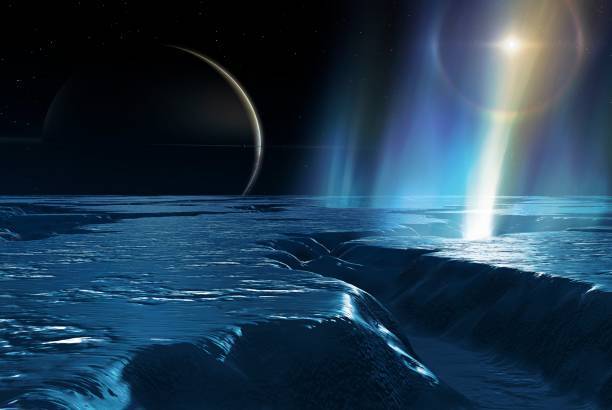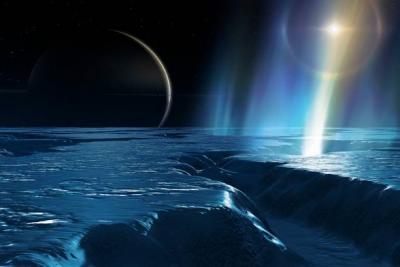Astronomers have naturally focused their efforts on identifying exoplanets that may contain liquid oceans. Water can exist in its liquid form on the surface of a planet, where the direct heat from its host star can prevent it from freezing, but it can also exist beneath the surface, where internal heat sources can maintain the flow of subsurface oceans. In a new analysis, NASA revealed that 17 discovered exoplanets could harbor oceans beneath their surfaces, buried beneath thick layers of ice. These worlds might be promising places to search for biosignatures: chemical signs of life. While the exact composition of these worlds remains unclear, previous studies' temperature estimates of their surfaces suggest they are much cooler than Earth. They are also less dense, despite being nearly the size of our planet.
Linnea Kwiak, from NASA's Goddard Space Flight Center, stated, "Our analyses predict that these seventeen worlds may have ice-covered surfaces, but they receive enough internal heating to maintain internal oceans." In other words, while their host stars might not provide sufficiently warm conditions to keep water in liquid form on their surfaces, these planets could exhibit processes that generate heat beneath their surface. Kwiak noted, "Thanks to the amount of internal heating they experience, all the planets in our study could also show ice volcanic eruptions in the form of plumes."
Monitoring operations for these worlds are likely to involve astronomers capturing light emission spectra that travel through the atmospheres of these planets. The chemicals and molecules emitted into the atmosphere as a result of ice volcanic activity may hold clues about whether life could exist in the cold, dark depths of these worlds. Similar to Jupiter’s moon Europa, which NASA's @EuropaClipper mission will investigate, a @NASA study has indicated that 17 exoplanets could also have oceans of liquid water, an essential ingredient for life, beneath icy shells. LEARN MORE >>




